FREE Bachelor of Education Learning and Development Principles Questions and Answers
Goleman explains that emotional intelligence is made up of five parts: self-awareness, self-control, motivation, empathy, and __________?
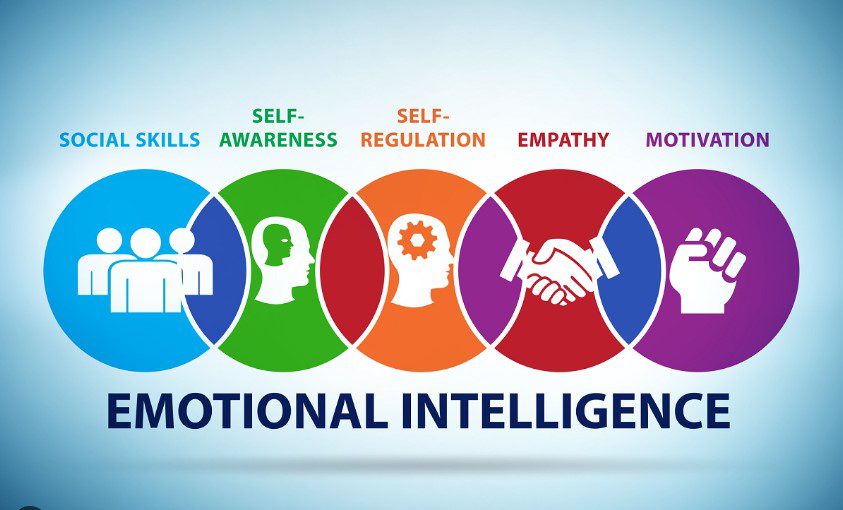
The correct answer is "social skills." In Goleman's model of emotional intelligence, the five components are self-awareness, self-regulation, motivation, empathy, and social skills. Social skills refer to the ability to navigate social interactions effectively and maintain positive relationships with others.
Even though they took different approaches, both Piaget and Vygotsky came up with theories about what?
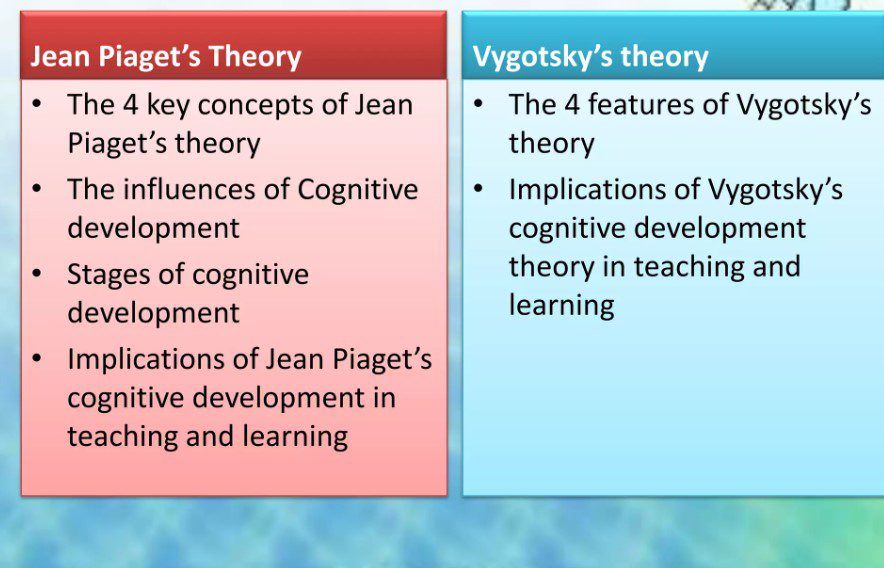
Both Piaget and Vygotsky developed theories about "constructivism." Constructivism is a learning theory that emphasizes the active role of learners in constructing their own understanding of the world through interactions with their environment, experiences, and social interactions. While Piaget focused on individual cognitive development and stages, Vygotsky highlighted the importance of social interactions and cultural context in shaping cognitive growth.
Robert Gagne tells us about nine levels or events that show up in our ICAP. These steps are useful because...
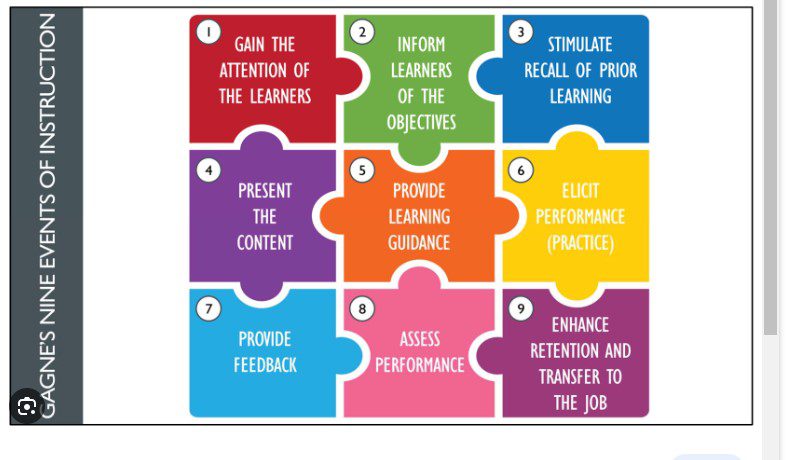
The correct answer is "lesson planning." Robert Gagne's nine events of instruction provide a systematic framework for designing effective lessons by outlining specific steps that guide educators in creating engaging and impactful learning experiences. These steps help educators structure their teaching process, ensuring that instructional content is presented in a coherent and engaging manner that supports student understanding and retention.
The best way to use Bloom's taxonomy is as...
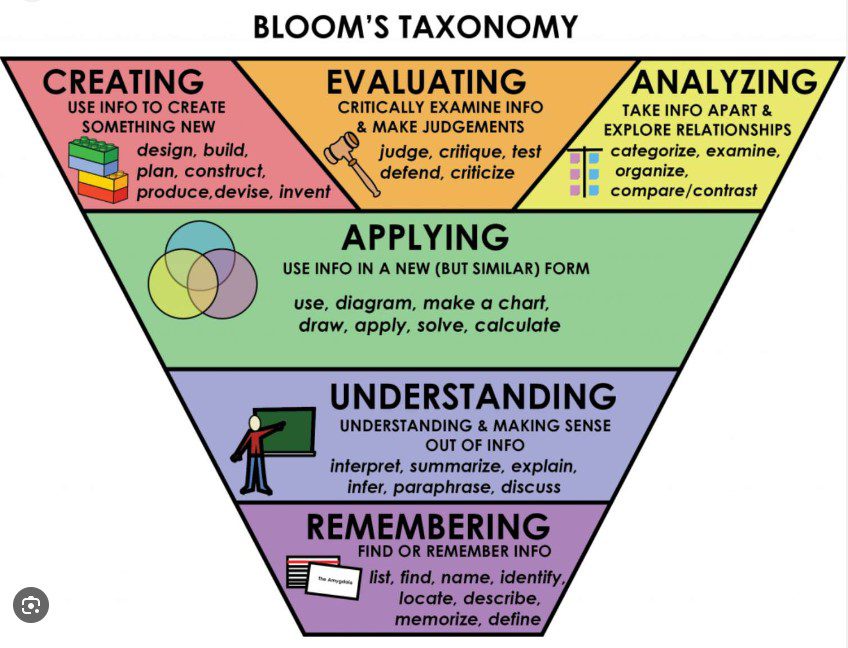
The correct answer is "hierarchy for assessing student learning." Bloom's Taxonomy is a hierarchical framework that categorizes cognitive skills and learning objectives, providing educators with a structured way to design assessments that measure the depth of understanding and thinking skills achieved by students. It assists in developing assessments that align with the cognitive demands of the learning objectives, ensuring a comprehensive evaluation of students' mastery of the material.
Albert Bandura is famous for his theory of social learning, which includes the ideas of motivation and self-efficacy. What important term did he talk about?
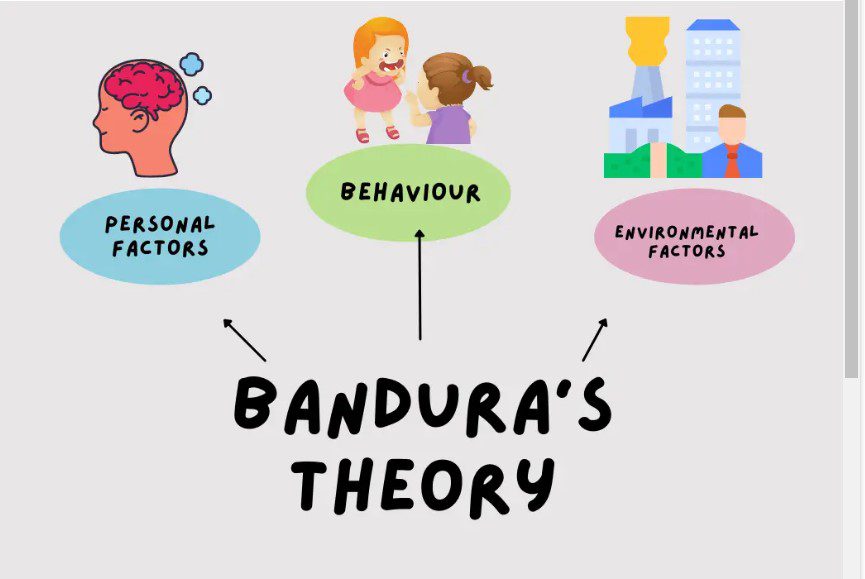
Albert Bandura's theory of social learning is centered around the concept of "self-efficacy." Self-efficacy refers to an individual's belief in their own capability to successfully accomplish tasks and challenges, affecting their motivation, behavior, and perseverance in the face of difficulties. It plays a crucial role in how people approach and engage with new situations, shaping their overall learning and achievement outcomes.
Who came up with the theory of motivation that is based on people's needs?

The correct answer is "Abraham Maslow." He developed the theory of motivation known as Maslow's Hierarchy of Needs, which posits that people are driven by a hierarchical arrangement of needs, ranging from physiological needs at the base to self-actualization at the top. This theory suggests that individuals are motivated to fulfill their unmet needs in a systematic order.
B.F. Skinner's theory of operant conditioning is useful in the classroom because...
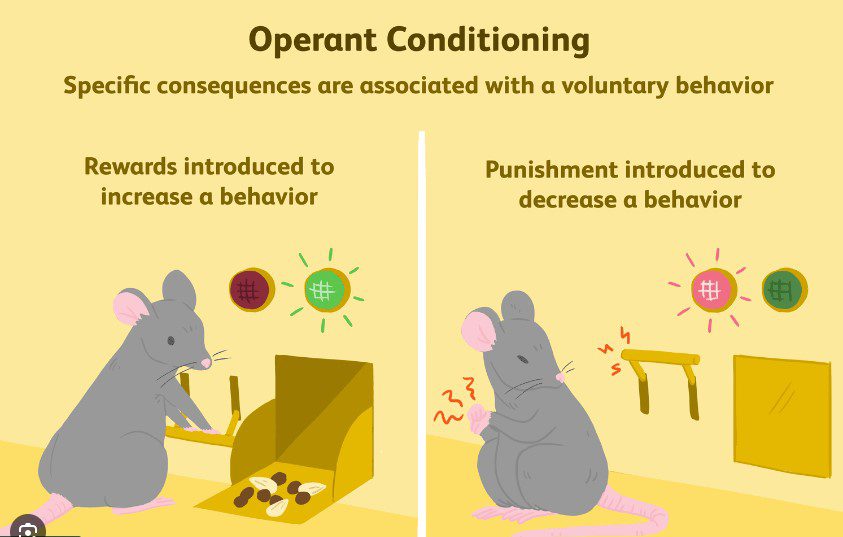
The correct answer is "reinforce or eliminate behaviors." B.F. Skinner's theory of operant conditioning is valuable in educational settings as it provides a framework for understanding how behaviors can be strengthened through positive reinforcement or diminished through punishment. This theory offers educators strategies for shaping and modifying student behaviors to create a conducive learning environment.
Advertisement
Erickson's theory of how people change over time helps teachers understand ______?
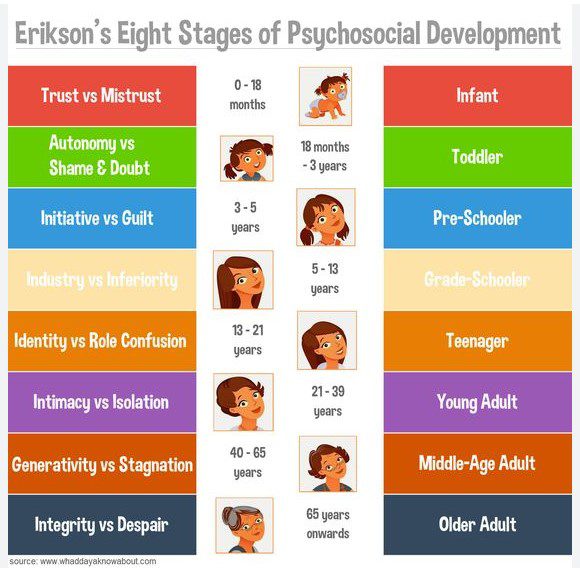
The correct answer is "what is appropriate for students at each stage/age." Erik Erikson's theory of psychosocial development outlines different stages of life and the associated psychological conflicts. This framework aids educators in comprehending the unique needs, challenges, and characteristics of learners at various developmental stages, assisting them in tailoring their teaching approaches and content to align with students' evolving capacities and concerns.
The theory of multiple intelligences by Howard Gardner tells teachers to____?
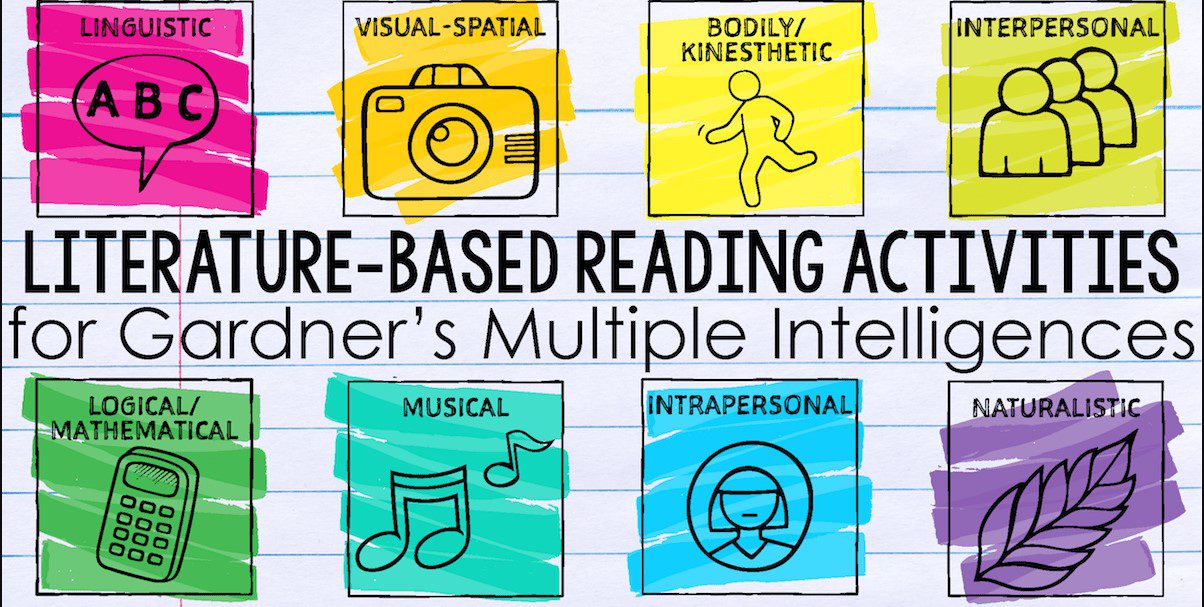
The correct answer is "use a variety of teaching methods to empower students." Howard Gardner's theory of multiple intelligences suggests that individuals possess diverse forms of intelligence, such as linguistic, logical-mathematical, musical, interpersonal, and intrapersonal. Educators can leverage this theory by employing a range of instructional approaches that cater to these different intelligences, enabling students to engage with the material in ways that resonate with their strengths and preferences, thus enhancing their learning experience and outcomes.
We can help students who have been through ACEs in a good way by_______?
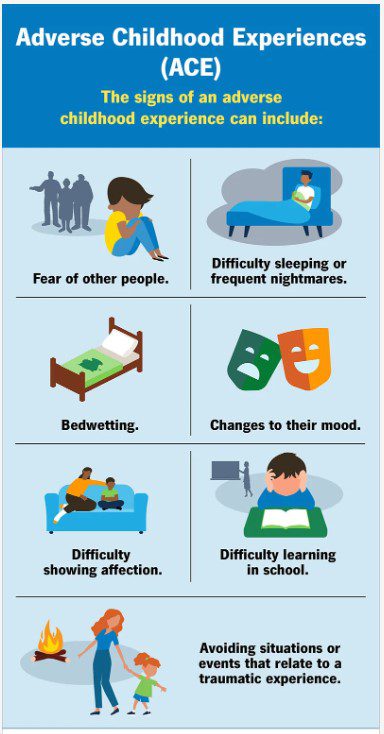
The correct answer is "All of the above." Adverse Childhood Experiences (ACEs) can have a significant impact on students' well-being and learning. Creating a safe learning environment, developing a healthy relationship of trust, and fostering high expectations while building resilience are all crucial approaches to supporting students who have experienced ACEs. These strategies collectively contribute to a holistic and effective approach for helping these students thrive academically and emotionally.
The bioecological theory of Bronfenbrenner is important because it helps teachers understand____?
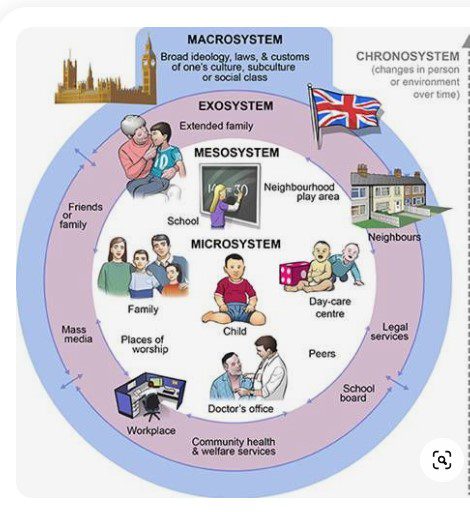
The correct answer is "positive relationships and a positive environment allow the child to develop and succeed to their fullest potential possible." Bronfenbrenner's bioecological theory emphasizes the influence of different ecological systems, such as family, school, community, and culture, on a child's development. This perspective helps educators recognize the significance of nurturing supportive relationships and providing a positive environment across these systems to facilitate optimal growth, learning, and achievement for each child.
After teachers learn about Kohlberg's Moral Development Theory, they can give students chances to grow morally.
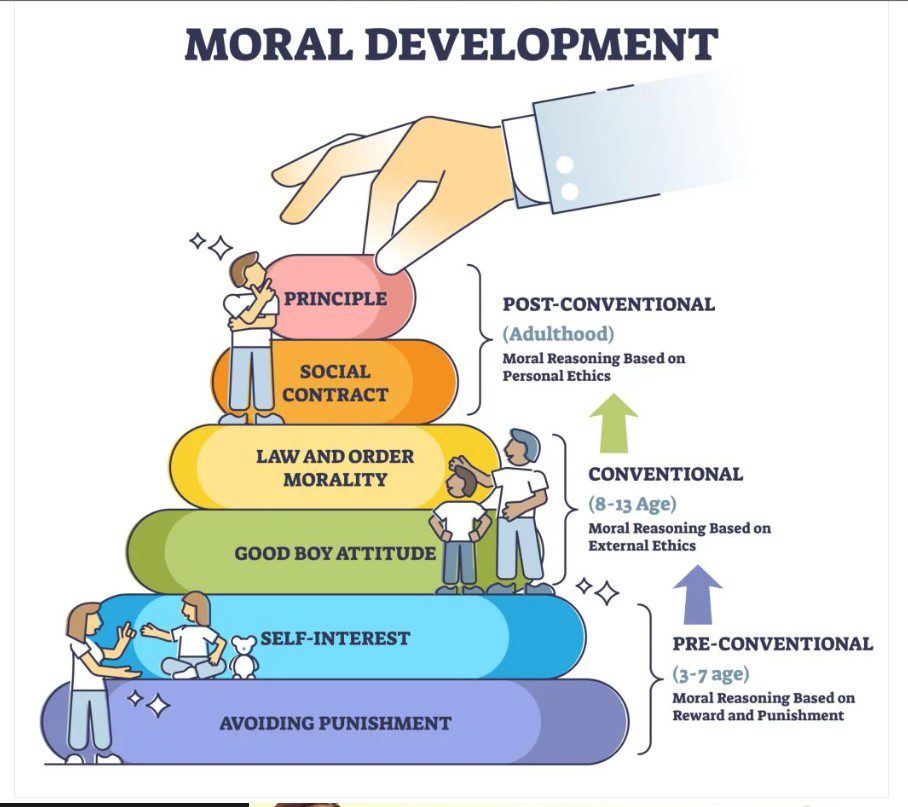
The correct answer is "True." Kohlberg's Moral Development Theory outlines stages of moral reasoning that individuals progress through. Armed with this understanding, teachers can design appropriate learning experiences that challenge students' moral thinking and provide opportunities for them to advance in their moral development.
Amabile's Theory of Creativity backs up the idea that students can get better at being creative by _______?

The correct answer is "intrinsic motivation." Amabile's Theory of Creativity suggests that individuals can enhance their creative abilities when they are intrinsically motivated, meaning they are driven by personal interest, enjoyment, and a sense of accomplishment. This theory underscores the importance of fostering a learning environment that cultivates students' inherent curiosity and passion, ultimately leading to improved creative thinking and problem-solving skills.
The practice of mindfulness is vital, and WE ARE AMAZING.

The correct answer is "True." Mindfulness practice involves being present in the moment with awareness and acceptance. Recognizing the importance of mindfulness and acknowledging our own potential are both positive affirmations that contribute to well-being and personal growth.
Advertisement
What sort of linguistic flaws can indicate a phonological process disorder?
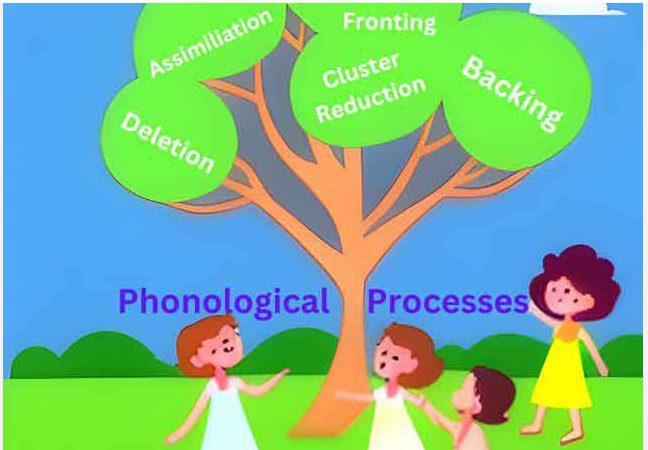
The correct answer is "mixing up sounds in the back of the mouth with sounds in the front of the mouth." A phonological process disorder often involves errors related to the placement of sounds in the mouth during speech, such as substituting sounds produced at the back of the mouth with those produced at the front. This can result in challenges in articulating certain words or speech sounds correctly, reflecting the underlying phonological difficulties.
Which of the following is an example of logic and math intelligence?
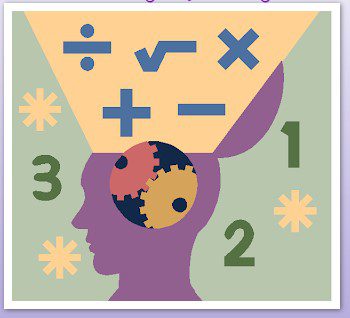
The correct answer is "inventing a new scientific algorithm for proving algebraic equations." Logic and math intelligence involves the ability to understand and work with mathematical concepts, analyze problems, and apply logical reasoning to develop solutions. Inventing a new scientific algorithm for algebraic equations requires advanced mathematical skills and logical thinking, making it a suitable example of this type of intelligence.